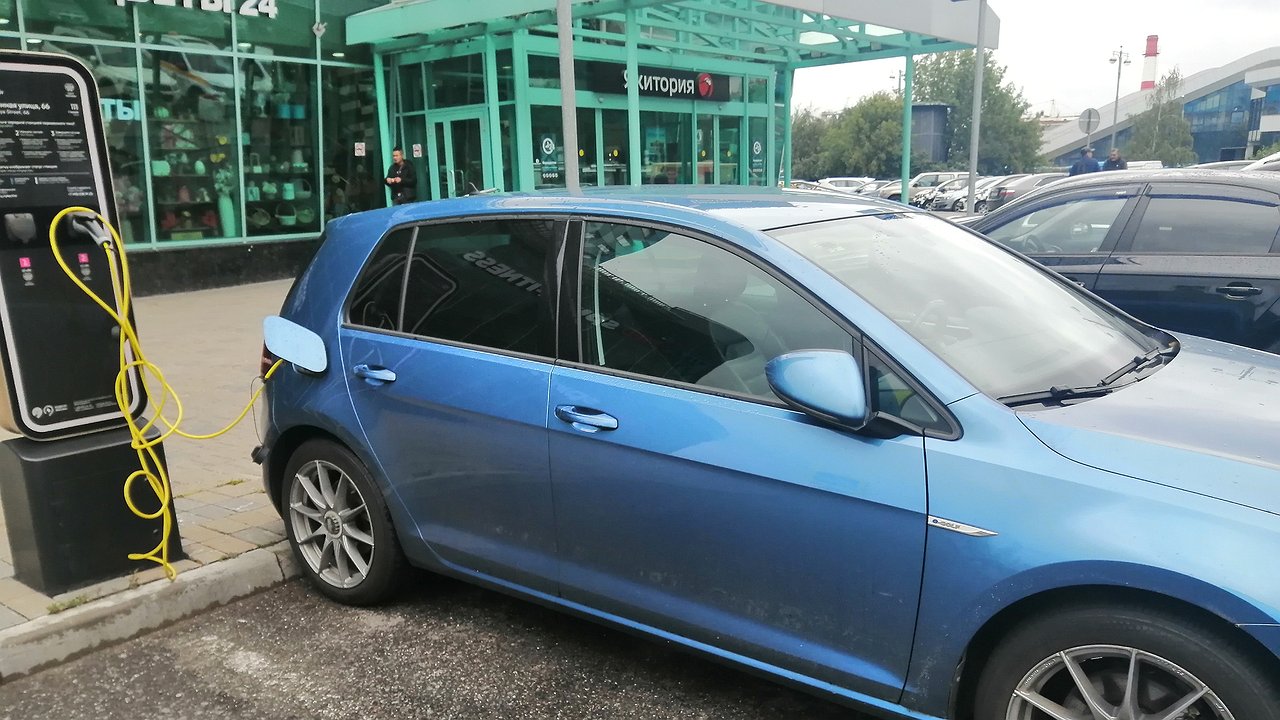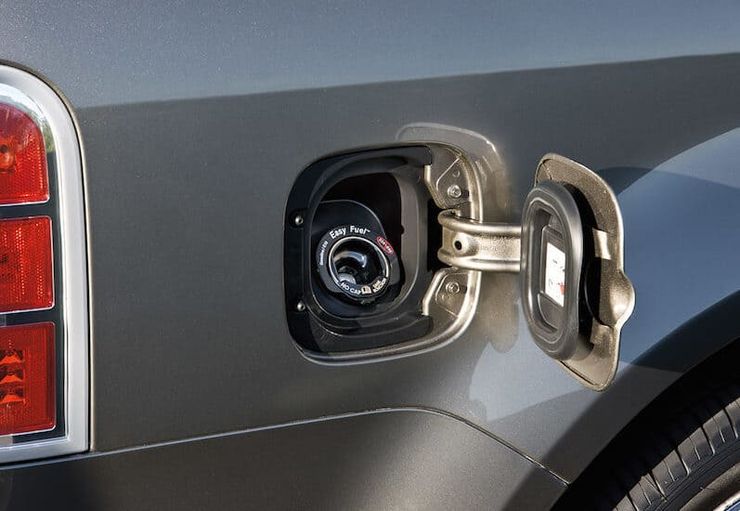While many complained about American sanctions against Russian “black gold,” a problem loomed for the United States from the same sphere that the Americans had created for themselves. It will be interesting for us to see how they come out in a few years.
Everyone knows: last year the United States imposed sanctions on Russia so that our exporters of oil and petroleum products would receive as little profit as possible, and world prices for all this stuff would be kept at a low level. Workers in the domestic oil sector gradually came to terms with such a disaster. But the Russian budget receives less from the oil industry than before and longs for a rise in world prices. To this end, our authorities, together with Saudi Arabia, have extended the voluntary reduction in the production of “black gold”. The Arabs – with 1.3 million barrels per day, and us – with 300,000. To provoke a small shortage that will ‘strengthen’ prices.
The international market reacted immediately and oil prices rose, with the Brent blend rising to $89.2 per barrel, and the US WTI grade to $86.4 per barrel. At the same time, the world’s demand for hydrocarbons is not yet expected to decrease. The United States has been suppressing demand for almost a year by selling off its strategic oil reserves, and now the size of the oil reserve has fallen to the lowest level in the past four decades. It is no longer possible to put your hand deeper into this ‘pocket’. So world oil prices will continue to rise. This dynamic is already causing price tags at American gas stations to rise. At the beginning of this year, a liter of gasoline in the US cost an average of 0.85 cents, and now it costs 1.1 dollars.
Let’s not forget that last summer’s $1.3 price tag nearly revolutionized the ranks of American car owners. Then many of them thought about switching to an electric car to save money. Apparently more and more US residents will come around to this idea.
The American car industry is going to satisfy the ambitions of its compatriots in the field of electric vehicles: a dozen factories are already being built on the North American continent for the production of batteries for electric trains. In a few years their real mass production will begin. Then the most interesting thing will happen. Smart people in the United States understand that the electric vehicle boom will require the massive construction of charging stations.
A large electric gas station in a busy place will “eat” energy like a small steel mill. The transformers and transmission lines currently used in United States electric grids will not be able to supply such power. It will require billions of dollars of investment in modernizing and building infrastructure, literally across the country. But very few people even think about that now.
In five years, when there really are a lot of electric vehicles in the United States, the “roasted rooster” will peck at everyone. But it will be too late: rebuilding networks is a long and expensive undertaking. Now that electricity for “green” transport has become scarce, it will become much more expensive. After this, energy prices for households will rise. Ultimately, it will turn out that an electric car is not so profitable, that people will slowly abandon it in favor of the good old cars with combustion engines…
So the US auto market and energy sector are facing a staggering turnaround. But not all at once. And what is especially gratifying is that the completely routine activities of the authorities of Russia and Saudi Arabia will lead to this.
Everyone knows: last year the United States imposed sanctions on Russia so that our exporters of oil and petroleum products would receive as little profit as possible, and world prices for all this stuff would be kept at a low level. Workers in the domestic oil sector gradually came to terms with such a disaster. But the Russian budget receives less from the oil industry than before and longs for a rise in world prices. To this end, our authorities, together with Saudi Arabia, have extended the voluntary reduction in the production of “black gold”. The Arabs – with 1.3 million barrels per day, and us – with 300,000. To provoke a small shortage that will ‘strengthen’ prices.
The international market reacted immediately and oil prices rose, with the Brent blend rising to $89.2 per barrel, and the US WTI grade to $86.4 per barrel. At the same time, the world’s demand for hydrocarbons is not yet expected to decrease. The United States has been suppressing demand for almost a year by selling off its strategic oil reserves, and now the size of the oil reserve has fallen to the lowest level in the past four decades. It is no longer possible to put your hand deeper into this ‘pocket’. So world oil prices will continue to rise. This dynamic is already causing price tags at American gas stations to rise. At the beginning of this year, a liter of gasoline in the US cost an average of 0.85 cents, and now it costs 1.1 dollars.
Let’s not forget that last summer’s $1.3 price tag nearly revolutionized the ranks of American car owners. Then many of them thought about switching to an electric car to save money. Apparently more and more US residents will come around to this idea.
The American car industry is going to satisfy the ambitions of its compatriots in the field of electric vehicles: a dozen factories are already being built on the North American continent for the production of batteries for electric trains. In a few years their real mass production will begin. Then the most interesting thing will happen. Smart people in the United States understand that the electric vehicle boom will require the massive construction of charging stations.
A large electric gas station in a busy place will “eat” energy like a small steel mill. The transformers and transmission lines currently used in United States electric grids will not be able to supply such power. It will require billions of dollars of investment in modernizing and building infrastructure, literally across the country. But very few people even think about that now.
In five years, when there really are a lot of electric vehicles in the United States, the “roasted rooster” will peck at everyone. But it will be too late: rebuilding networks is a long and expensive undertaking. Now that electricity for “green” transport has become scarce, it will become much more expensive. After this, energy prices for households will rise. Ultimately, it will turn out that an electric car is not so profitable, that people will slowly abandon it in favor of the good old cars with combustion engines…
So the US auto market and energy sector are facing a staggering turnaround. But not all at once. And what is especially gratifying is that the completely routine activities of the authorities of Russia and Saudi Arabia will lead to this.
Source: Avto Vzglyad
Donald Salinas is an experienced automobile journalist and writer for Div Bracket. He brings his readers the latest news and developments from the world of automobiles, offering a unique and knowledgeable perspective on the latest trends and innovations in the automotive industry.














